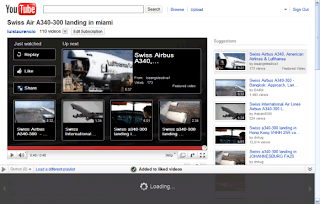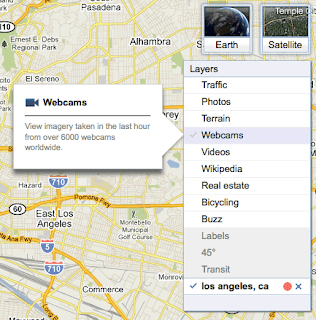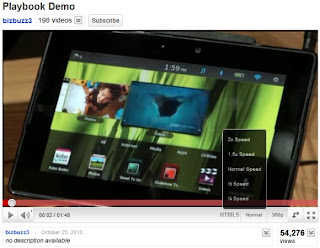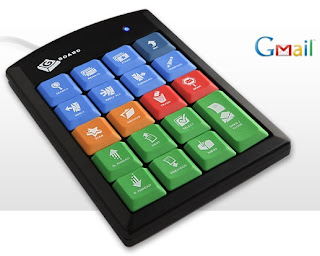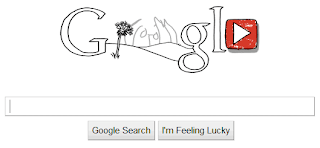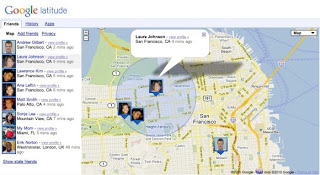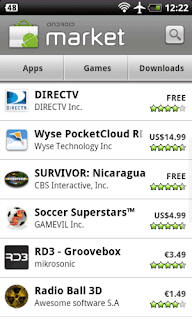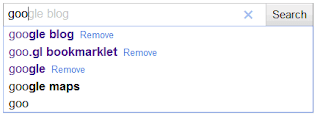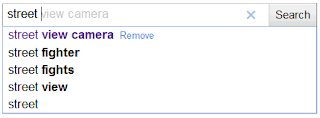YouTube's playlist bar that shows up at the bottom of the page when you open a playlist or you click on a video from your subscriptions has a new use: displaying the list of liked videos after clicking on the "like" button. It's also used to display the videos from a playlist after adding a new video to the playlist. Unfortunately, this isn't very useful, the bar is annoying and it can slow down your browser. If you have hundreds of liked videos, adding all of them to the bar takes a while and the browser is no longer responsive.
Many YouTube users complain about this new feature: "Starting today, whenever I like a video, a bar pops up at the bottom of the page to tell me it was added to liked videos (a reminder that I don't need) - and then that bar freezes my browser and I can only close it with ctrl+alt+delete."
Many YouTube users complain about this new feature: "Starting today, whenever I like a video, a bar pops up at the bottom of the page to tell me it was added to liked videos (a reminder that I don't need) - and then that bar freezes my browser and I can only close it with ctrl+alt+delete."
YouTube should fix the bugs and add an option to disable the bar. You can report this problem by clicking on "report a bug" at the bottom of the page.

